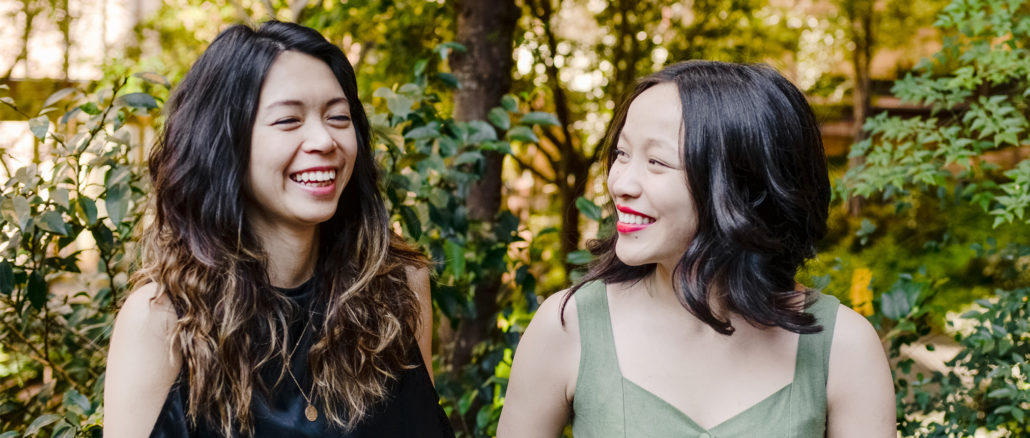
This series spotlights musical artists from The Nasiona‘s first compilation album, Volume 1: Petrichor.
Chromic’s track “Lightless” is featured in the volume.
A fiery, dynamic duo that pushes the possibilities of genre and performance, Chromic experiments with different textures of toy pianos, prepared pianos, electronics, and everyday objects to create playful sound worlds that spark excitement and curiosity to audiences of all ages. With their unique instrumentation and approach, they bring new audiences together by crafting innovative experiences that integrate music with multimedia, electronics, and improvisation, and commissioning new works by composers and interdisciplinary artists that are transposable through digital and physical spaces.
Story of our music (artist statement, description of our work): As artists, we are inspired to create a body of work that uses music as a language to connect within ourselves, and to ask questions within our communities. We believe music is a tool to communicate and tell stories, and can bring a community together to illuminate hidden stories. We believe that connecting with our past and storytelling with music are one of the strongest ways to encourage empathy and understanding of others, and with that, long lasting change. As performers and composers, our process includes backward design to incorporate the audience and circumstances of the world as it stands, so we can create thought-provoking works that encourage the public to question their implicit biases within their lives. We emphasize collaboration, so that our work can reflect the ability to listen to others’ voices, thus the opportunity to collaborate with organizations and institutions such as The Nasiona, that support local artists and underrepresented groups in our community, is particularly exciting for us. Growing up as Chinese-Americans and third culture kids, we draw inspiration from our search of our individual identities — Lucy growing up in Michigan with roots from Shanghai, and Dorothy’s childhood in colonial Hong Kong — and often use soundscapes that reflect our journeys in our music. Using toy piano, prepared piano, electronics, and improvisation, our exploration into our identities reaches its fullest potential with the implementation of technology, dance, interactive visuals, and VR, to create a perspective for listeners to understand and break down their implicit biases. We also recognize the power of folklore and stories that are passed down from generations to generations, and are motivated to create different musical and multidisciplinary experiences that tell these stories for audiences from all backgrounds. We believe one way to make a step towards a better equilibrium is by conversations and sharing, as we think that the more people see and hear, the more they can understand, and the more misconceptions or presumptions can be examined.
INTERVIEW
What does countercurrence mean to you, and what is it like to make music when you are outside those mainstream voices that are usually given a platform?
Lucy: The closest example that I can see of countercurrence being relevant to us is the difference between working for clients and commercial purposes versus working purely for self-funded and artistic purposes. It is a complicated thing because on one hand you need the institutional support and large platform to make sure you are reaching a lot of people, and not being stuck in an echo chamber, but on the other hand you can find out what you really want to say and know so deeply that you have to say it because it is so difficult, especially things that are not easily supported by the mainstream.
Dorothy: I think it is a double-edged sword because you do need to have some sort of support, but the support isn’t something that everyone has access to, so I think the question is more how can we find a way so that everyone can share what they want to say especially if it’s not in the mainstream.
Lucy: Do you think people want to make work that is in the countercurrence? Since it is so much harder? I think a lot of people make the choice of not doing that because it is so unstable, and living on the fringe of being uncomfortable.
Dorothy: I think it depends on circumstance, I feel there would be people who would feel uncomfortable and couldn’t handle that uncomfortable-ness of being different or non-mainstream, but there would also be people who feel they can’t do otherwise, and what needs to be said has to be said whether or not it is in the mainstream or not.
Lucy: I’m confused, too, about what it means to be outside the mainstream, because you can still have something to say even when you’re not in the mainstream. Like for some artists it could be hard to pivot off their brand because it’s just something they’re locked into. And I am also hesitant to embrace a narrative that says “we can do whatever we want because we are outside of the mainstream so much, nothing we do has consequences.” That’s not entirely true either, once you start building communities you start building responsibilities. I think broadly speaking, countercurrence is when you have something you need to say and you are embracing the responsibility that comes with saying it, and you have a conviction that says your curiosity is stronger than your fear.
Would you always have turned to music as an important avenue through which you express your BIPOC identity? Or have you always found ways to do this, which happen to include music?
Dorothy: To me, I don’t think music is my only way of expressing my identity.
Lucy: What other ways have you expressed your identity?
Dorothy: Like just by being myself. I also don’t have a very strong conviction of wanting to talk about my personal BIPOC identity to everyone. I feel it is a more personal thing for me that I am the person I am and I share my life with the people I interact with.
Lucy: Mmm like it is not something you need to wear on your sleeve.
Dorothy: Yes and I don’t think that just because I am Asian American, I need to talk about being Asian American, or I need to use social media platforms to talk about it or show and tell other people about that identity including people that I don’t know. Not that it’s a bad thing — in fact I think it’s great for people to share their experiences when they are comfortable — it’s just I think I’m less inclined to express it that way? And also I don’t think I do music because of that identity. I came to music as a human person.
Lucy: I think this is a really important thing about us as a duo. It is important to acknowledge you don’t need music to express yourself or your BIPOC identity, and not everyone that is BIPOC needs or wants to express it that way. There is a spectrum between making stuff about your identity versus being your identity and making stuff. Similarly, I am more drawn to art that is not as on the nose about that either, and more on things that are influenced by one’s identity and aspirations, and not trying to persuade … when it blurs the lines between reality and some kind of ideal, if that makes sense. Yes, for me being Asian American is like toeing the line between two different cultures that you are creating this other thing that is very amorphous and not so certain, like a chameleon of cultures. In that way it does influence what I make. Though I don’t think it has to be music, and it could be other stuff but for me it just happened to be music.
What are the differences or similarities you perceive in online and physical music communities, especially when our relationship to proximity has been indelibly altered?
Lucy: Connection defies distances. It could be in a room or in a city full of people and feel like they are strangers and so totally alone. You can be lost in yourself, in the woods in the confines of yourself, but still find a way to create a home out of who you are, and who and how you listen. The URL or IRL experience side by side illuminates these truths more brightly and painfully than ever before, and I’m still able to find myself, through my music, to express my voice through a medium that is so infinite like VR or browser or film — that is really exciting — and to always ask the question how can we make this experience grow outside of ourselves and into an ever-evolving community.
Dorothy: I think the differences between the two are similar to everything else that are forced to adapt during this time, including professional workplaces, schools, etc., with the main difference being playing music that involves more than one person online … creates a lot more technical challenges. We’ve found musicians and colleagues having to learn low-latency methods in order for them to play and hear the other person(s) play simultaneously (and even so it isn’t 100%), or having to record one person’s part to send to the next person to layer over and so on. It definitely feels very different than being able to make music with one another in the same physical space, and the same to be said for audiences to hear music that is created in the same space they are in. The sense of space alters how we perceive sound, and streamed concerts’ sound quality depends on the audiences’ devices and their environment, which in most cases is in their homes and on computer speakers, which I think all can agree is a different experience. However, with Zoom being more of a norm, communities are also suddenly expanded to all over the world, and it isn’t strange to form music communities that are not within your physical local area. All of a sudden you can collaborate and form relationships with artists all around the world! Leaning into the ‘disadvantages’ also let us explore other ways to be expressive and create art, and we were able to develop many interesting projects and ideas that can be adaptable to both physical and digital spaces.
Do you believe in breaking down the barriers that have long kept BIPOC musicians away from the same opportunities as their white peers, or should BIPOC musicians be looking beyond those traditional guidelines to success?
Dorothy: I believe these two things are not contrary and can be strived towards concurrently, and more importantly, I think it depends on the person/artist and what fits their practice, genre and communities best. I believe breaking down barriers and things that are holding people back is very key, and the fact that the world is having more of these conversations, bringing these issues to the forefront (or at least a bit more front than before), will help everyone understand and process how to move forward better. It will still be a long process, but I believe this is a step forward. On the other hand, looking beyond traditional guidelines and other means and ways to see outside the box could create new perspectives to existing issues, and I believe it can contribute to the bigger picture of educating our generation and the generations to come. It could be more refreshing too for BIPOC artists to share their stories in non-traditional ways or from different angles.
Lucy: I feel like there needs to be a space made consciously in white dominated spaces for BIPOC artists. The answer is not one or the other, and obviously there is a hoarding of resources that these classical places have, and we need to not say things like “Oh you are invited to this space but only if you play classical music, or if you uphold these traditions”, but more like “Hey we are making space for you and we are expanding our awareness of other cultures”, and to celebrate that and not make it as Western focused. Yes to breaking barriers and yes to forging new voices and paths, and giving BIPOC communities the freedom and resources that white communities have.
If you had to solely choose between walking in the legacy of a musician/musical tradition you admire, or forging your own path and inspiring others yourself, which would it be, and why?
Dorothy: I think it’d be to forge our own path, as I often find our art not exactly fitting in one category but a mixture of many. As a duo, I think we often find ourselves being able to express more with combining different mediums and working on multidisciplinary projects with dance, visual arts, poetry, film, etc.
Lucy: It is so easy to get lost as you’re forging your path and the woods are just so dense … what you said made me want to cry! Sometimes I forget what we are doing is difficult and sometimes you just want to turn back because it gets cold, and all of a sudden rent is due. You also have this long tradition that is hanging over you, like an umbrella or a sky that is about to fall. There are so many easier paths to take, but the one that we are taking is so uncertain, and as artists you just have to remember that. The path that you’re on right now should be one that you won’t regret.
Dorothy: Haha don’t cry, I was just thinking about the fact that we do ‘weird’ things that don’t fit into normal boxes and we’re not trying to be like … let’s be this ensemble, or like let’s follow this person’s path. We are just doing our own thing, and that’s hard. ‘Forging’ is a good word for it, but at the same time that I think the reason why we are doing it is not because we want to make money or be famous or all that stuff — I mean that’s cool, too, but the core is just that this stuff actually means something to us. And if it means something to us, it must mean something to other people.
Volume 1: Petrichor
About the Album
This first volume of The Nasiona’s music series encapsulates all the glorious highs and the searing lows of navigating the world as an empathetic, curious individual. The works contained in this volume — from mournful piano compositions, dazzling spoken word, spellbinding vocal layered-songs, to beautiful instrumentals — express the intricacies of being an artist of color in a too-often indifferent world; and like the scent that lingers long after the downpour, these masterpieces ask you to sit awhile, to close your eyes, to pay attention.
MUSICAL ARTISTS
ALBUM PRODUCERS
Music and oral narrators have always told stories that are as powerful, as moving as personal essays, and we at The Nasiona want to honor these tradition. For the second compilation audio volume of our BIPOC Music + Spoken Word Series, we seek submissions of tracks that align with our vision of centering, elevating, and amplifying Black, Indigenous, and People of Color, shedding light on neglected and intersectional identity experiences, while also celebrating our beauty, intelligence, creativity, and joy.
Whether you record your music or spoken word professionally, or whether you have gone the DIY way throughout; whether you are an emerging indie artist, or have never released a track or album; or whether you have simply felt overlooked by the mainstream musical landscape: we believe in your voice, your story, and your talent; and we want your work!
Tell us about growing up as a third culture kid, about living through trauma, about being misgendered, about slice-of-life instances of resolution. Tell us about your elations, your sorrows, your moments of quiet tenacity, your rallying cries of rage. Send us a track (or two, or three!) that tells a story, whether in words or through instrumentals. If it matters to you, it deserves a platform.
All genres and languages are welcome. If you identify as BIPOC, we want to showcase your work and profile you.
We can’t wait to experience to your work!
Note that we are here to center, elevate, and amplify your work. You keep all the rights to your work.
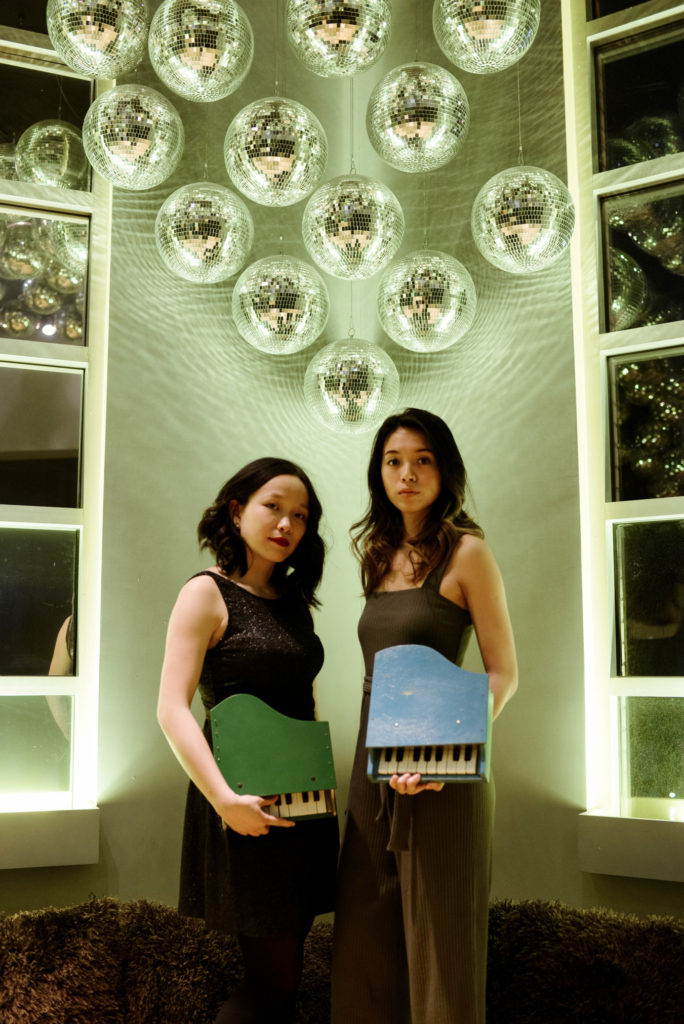

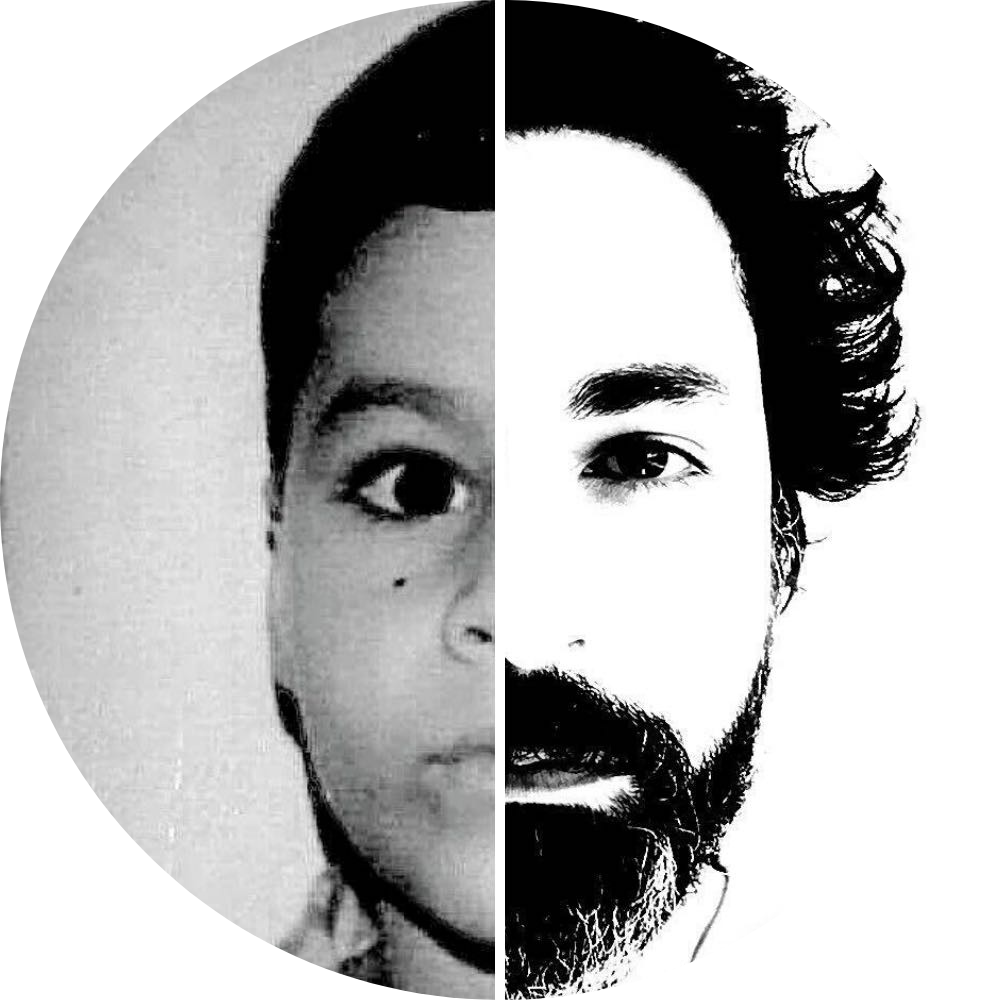
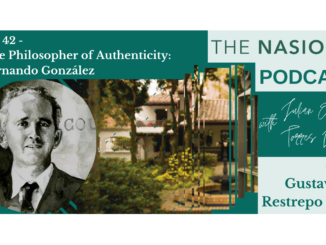
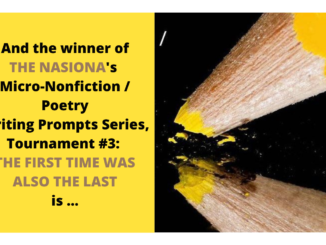
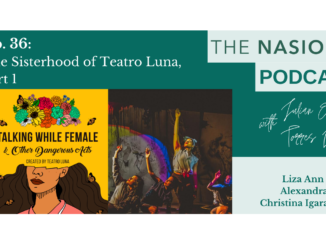
8 Trackbacks / Pingbacks
Comments are closed.